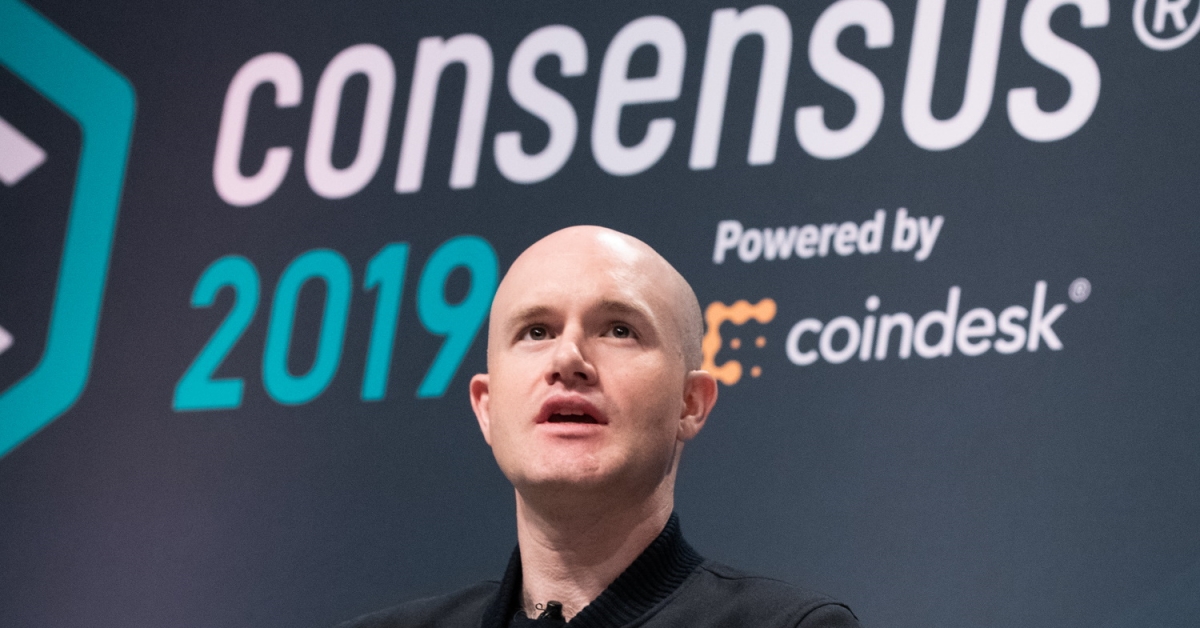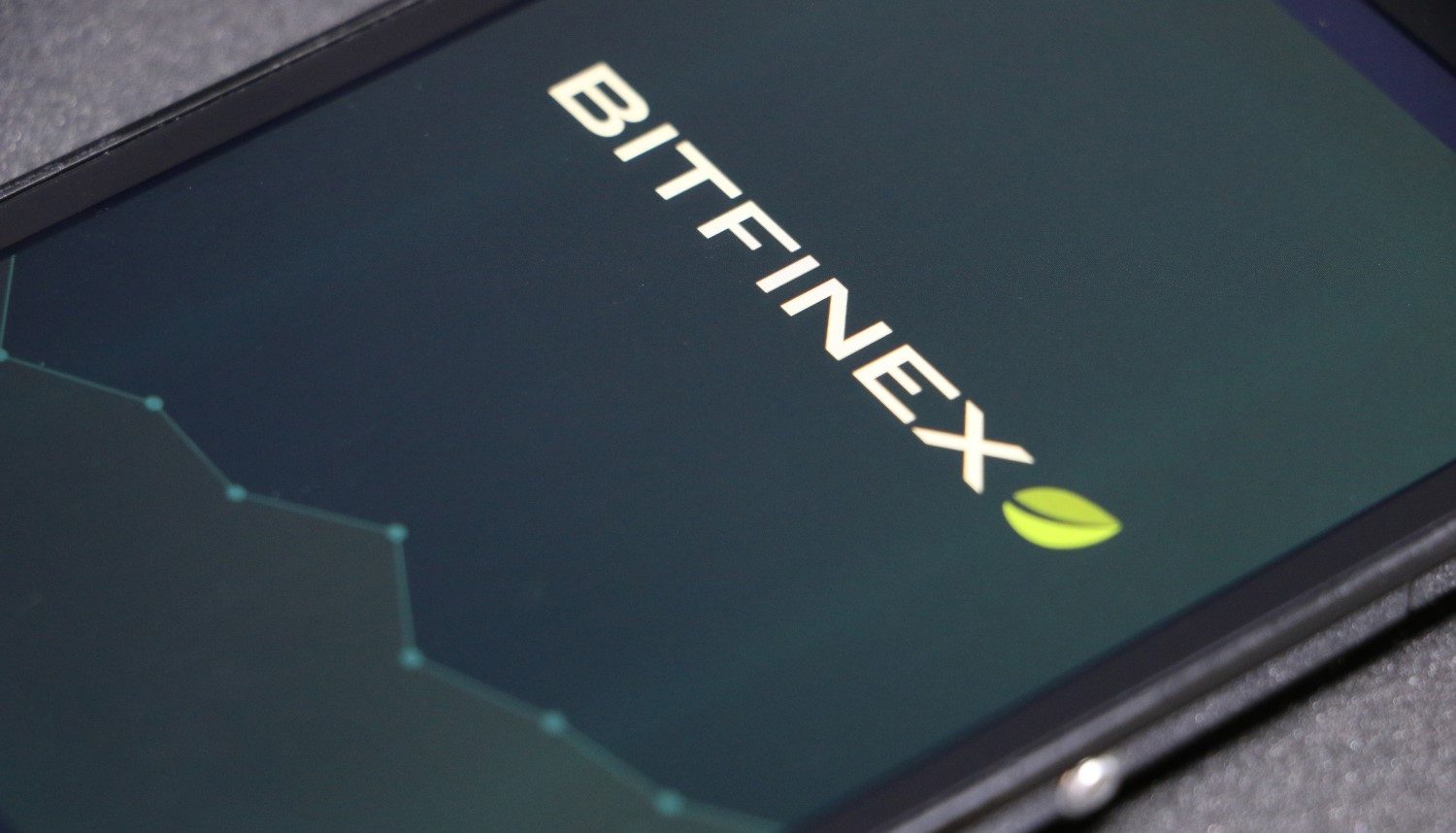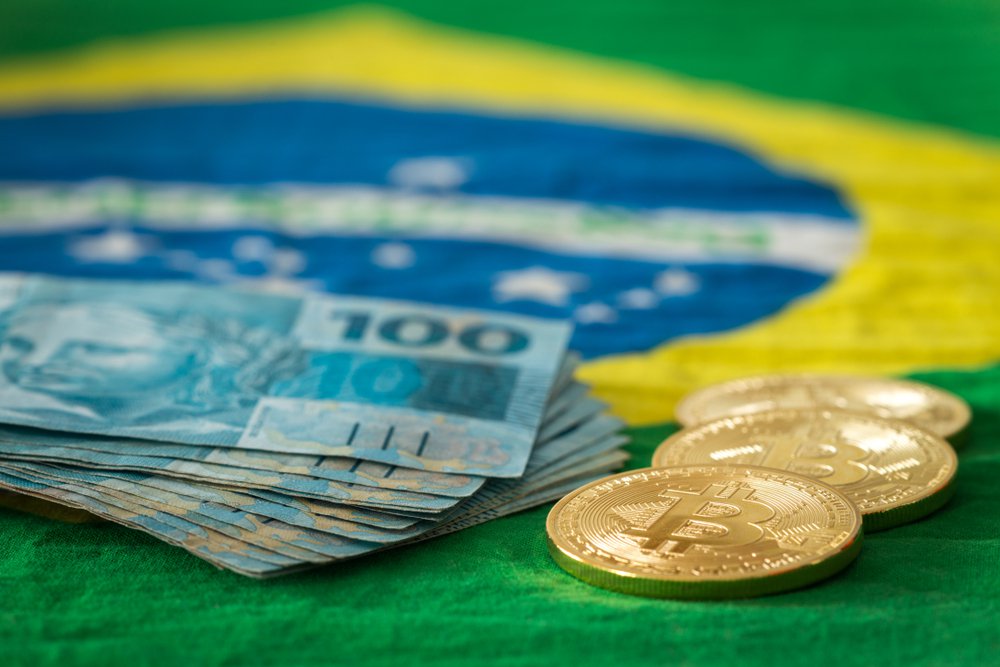U.S. Risks Unleashing Second ‘Eurodollar’ Market if It Dallies on Stablecoin Regulation
On Sept. 8, Michael Barr, the vice chair for supervision and Federal Reserve governor, said he was “deeply concerned about stablecoins without strong federal oversight.” This is a reaction to the growing recognition among major financial institutions, including PayPal and Visa, of the potential of stablecoins.
This op-ed is part of CoinDesk’s State of Crypto Week sponsored by Chainalysis. Jón Egilsson, former chairman of the Icelandic Central Bank, is the co-founder of Monerium, the first company to issue fiat onchain.
The Federal Reserve intends to “intensify oversight of crypto activities,” Barr said, a strong statement but not officially forward guidance. In fact, today, there is a glaring absence of much-needed regulatory clarity for stablecoins in the U.S., considering the stakes of the industry and how quickly it moves.
This is in stark contrast to the environment in Europe, where lawmakers carved out stablecoins as a serious focus when developing the most comprehensive package of crypto laws yet, MiCA.
The current lack of regulatory clarity for USD stablecoins in the U.S. could precipitate a migration of the USD stablecoin industry away from American shores and towards Europe, where legal and regulatory frameworks are firmly in place.
If this scenario unfolds, it would mark a recurring pattern of arcane regulations inadvertently pushing a trillion-dollar industry beyond the U.S. borders. In contrast to Europe’s proactive approach, characterized by the implementation of time-tested, technology-neutral frameworks for stablecoin regulation, the United States finds itself trailing in the race to establish the necessary guidelines for widespread stablecoin acceptance.
This lag represents a missed opportunity for Congress and regulatory bodies to take the lead in crafting well-defined rules that not only foster innovation but also can increase financial stability.
Stablecoins offer the promise of secure and efficient transactions and storage of digital assets, all without the need for intermediation by traditional financial institutions, such as banks. And so the importance of regulatory guidance cannot be overstated. Regulation serves as a critical bulwark for consumer protection, and upholds the reliability and soundness of digital transactions.
Stablecoins are quickly becoming a tool used globally as a U.S. dollar on-ramp. This means that stablecoins are also becoming a tool that bolsters the U.S. dollar hegemony.
Former French President Charles De Gaulle once eloquently said the U.S. enjoys an “exorbitant privilege” due to its exceptional global position. It has a unique ability to issue dollars for settling international debts and serve as the world’s primary reserve currency, which grants the U.S. unprecedented economic power and privilege.
However, the lack of regulatory clarity creates challenges, including the risk of diminishing USD demand and the potential for the market of USD stablecoins to migrate towards more favorable regulatory jurisdictions.
There is a historical parallel with the formation of the “eurodollar” market in the 1960s, which emerged due to a lack of regulatory clarity surrounding offshore-held U.S. dollars in international finance. Today, the lack of guidance around stablecoins in the U.S. may be laying the foundation for a second eurodollar market.
The potential resurgence of a eurodollar market represents a multi-trillion dollar stablecoin opportunity on Europe’s doorstep
Congress and regulators have an imperative to assert the dominance of USD stablecoins based on U.S. regulatory terms. They must adopt a proactive stance and provide comprehensive guidelines that not only foster innovation but also safeguard the integrity of the financial system. Neglecting this responsibility risks compromising the United States’ standing in the global economy.
The stakes for both jurisdictions are undeniably high, yet distinctly polar. The potential resurgence of a eurodollar market represents a multi-trillion dollar stablecoin opportunity on Europe’s doorstep. While the United States faces the challenge of preserving its economic dominance.
To avoid falling behind, both jurisdictions should act accordingly to secure their respective positions in this evolving landscape.









